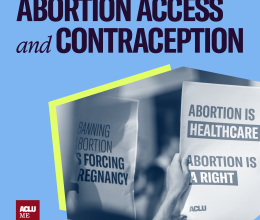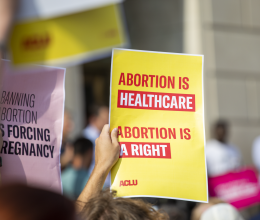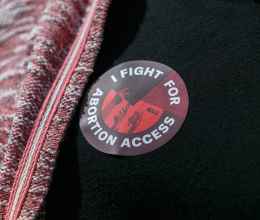A recent NPR story, “What Drives Abortion: The Law or Income,” looks at correlations, worldwide, between abortion laws and abortion-related fatalities.
The article begins with two staggering facts: (1) worldwide, approximately 50,000 women die each year because of unsafe abortions; and (2) approximately five million more are hospitalized with complications related to their unsafe abortions.
Studies confirm what abortion rights advocates have known for decades – criminalizing abortion means a rise in unsafe, illegal abortions. Countries with restrictive abortion laws have a greater number of abortion-related deaths. The fact is, criminalizing abortion doesn’t eradicate women’s needs to end their pregnancies; when safe and legal abortions aren’t an option, women will turn to other, less safe means.
In the article, researchers from the Guttmacher Institute and the Harvard School of Public Health cite studies that demonstrate a “softening” of restrictive abortion laws leads to a decline in rates of maternal deaths. Gilda Sedgh, of the Guttmacher Institute, points to South Africa as a case study: South Africa legalized abortion in 1997. Within three years, the number of women dying from abortion procedures dropped 90 percent. Ana Langer, from the Harvard School of Public Health, cites a comprehensive study published in the Lancet, which looked at abortions across the world. The study found that prohibiting abortions is linked to “slightly higher rates” of abortions, and many of these abortions are unsafe.
In short, one approach to curbing the rates of unsafe abortions is to make abortion legal.
Both Sedgh and Langer agree that legalizing abortion is only the first step. Sedgh says that education is key: “women need to know that abortions are legal…Providers need to be trained to do safe abortions, to deal with complications.” Both suggest that stopping unsafe abortions might start with reducing unwanted pregnancies. Both advocate for expanded and increase access to contraception for all women as a way to decrease abortion rates.









